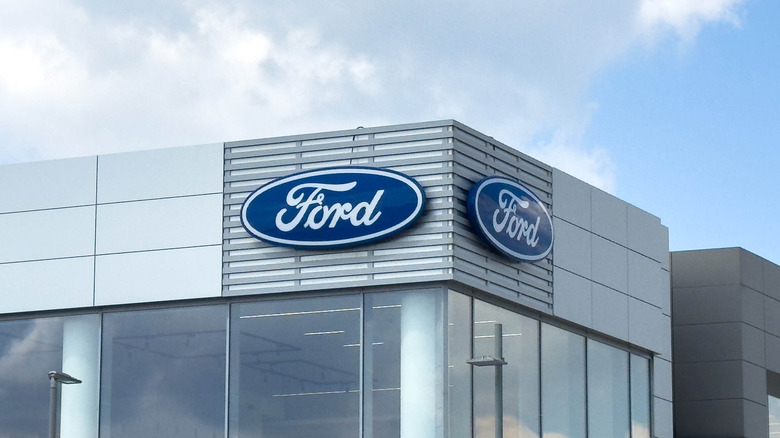Ford Recall Expands To 1.4M Vehicles From Mustangs To Rangers And More
If you own a Ford from the mid-to-late 2010s, it's time to check your VIN. Ford has just expanded a major 2025 safety recall, now covering 1,456,417 Ford and Lincoln cars, trucks, and SUVs, after reports of rear-view cameras going dark without warning. According to the official filing with the National Highway Traffic Safety Administration (NHTSA), the cameras can go blank, distort, or even display an inverted image when drivers shift into reverse.
This expansion falls under NHTSA Recall No. 25V-572 (Ford's internal campaign 25S89), essentially building on the earlier recall Ford launched this spring after the first wave of camera failures surfaced. That recall, 25V-270, covered 160,729 vehicles, mostly Super Duty trucks, with the same rear-camera issue. Ford first flagged the issue in April, but a deeper investigation revealed the same defective camera components had made their way into more than a dozen additional models, prompting this much broader recall to cover them all.
Ford says it's already tracked 44,123 global warranty claims, 195 U.S. complaints (VOQs), and 18 minor crashes, with the latter not leading to any injuries thus far. Owner letters are scheduled to begin on September 22, and VIN lookups have already gone live on Ford's recall lookup page.
Which Fords are recalled and what the updated camera part changes
The expanded recall includes over a dozen Ford and Lincoln models built between 2015 and 2019. That includes 365,041 Mustangs, 515,004 Edges, and 99,733 Lincoln MKC crossovers, along with over 180,000 Super Duty pickups like the F-250, F-350, and F-450 — with some of those trucks also part of a separate steering column recall issued earlier this year. Vans like the Transit, Transit Connect, and even the Econoline are also on the list, along with 2,551 units of the 2019 Ranger.
The defect can be traced back to a manufacturing shortcut deep in the supply chain. One of Ford's camera suppliers, Magna, sourced internal connector parts from a subcontractor that made an unapproved tooling change. That tweak reduced how tightly the electrical pins inside the camera fit together, making them prone to loosening and corroding over time. Eventually, that can knock out the backup camera feed entirely or cause the image to glitch. It's a direct violation of federal FMVSS 111 rear-visibility requirements.
To fix it, Ford is replacing rear-view cameras with updated versions that use a revised internal connector designed to maintain stronger contact. Dealers will examine each vehicle and install the updated camera free of charge if it has the faulty original. Ford's documents confirm the estimated defect rate is 2.7%, which may seem small, but that still represents tens of thousands of potential failures across more than 1.4 million vehicles.

